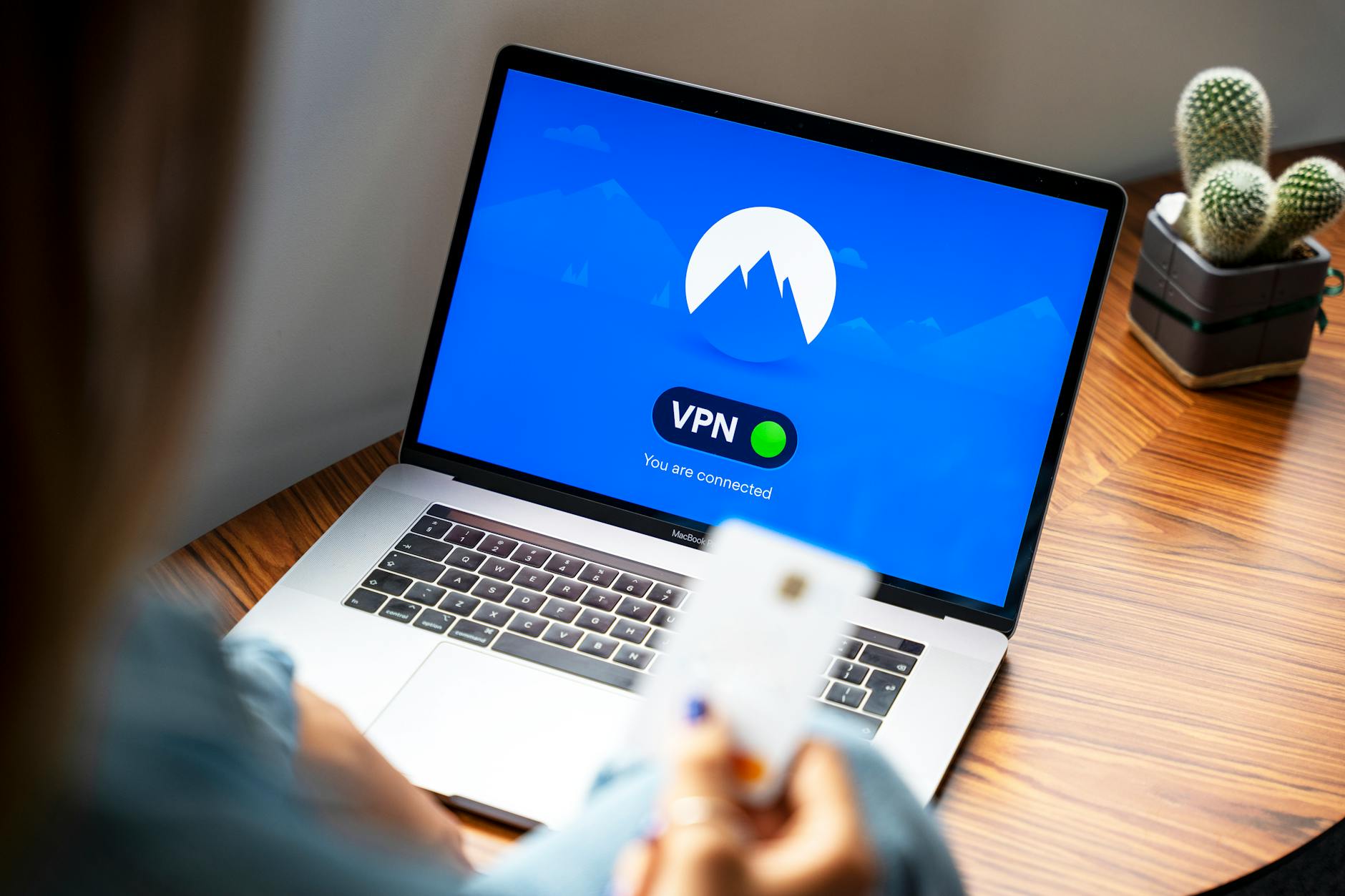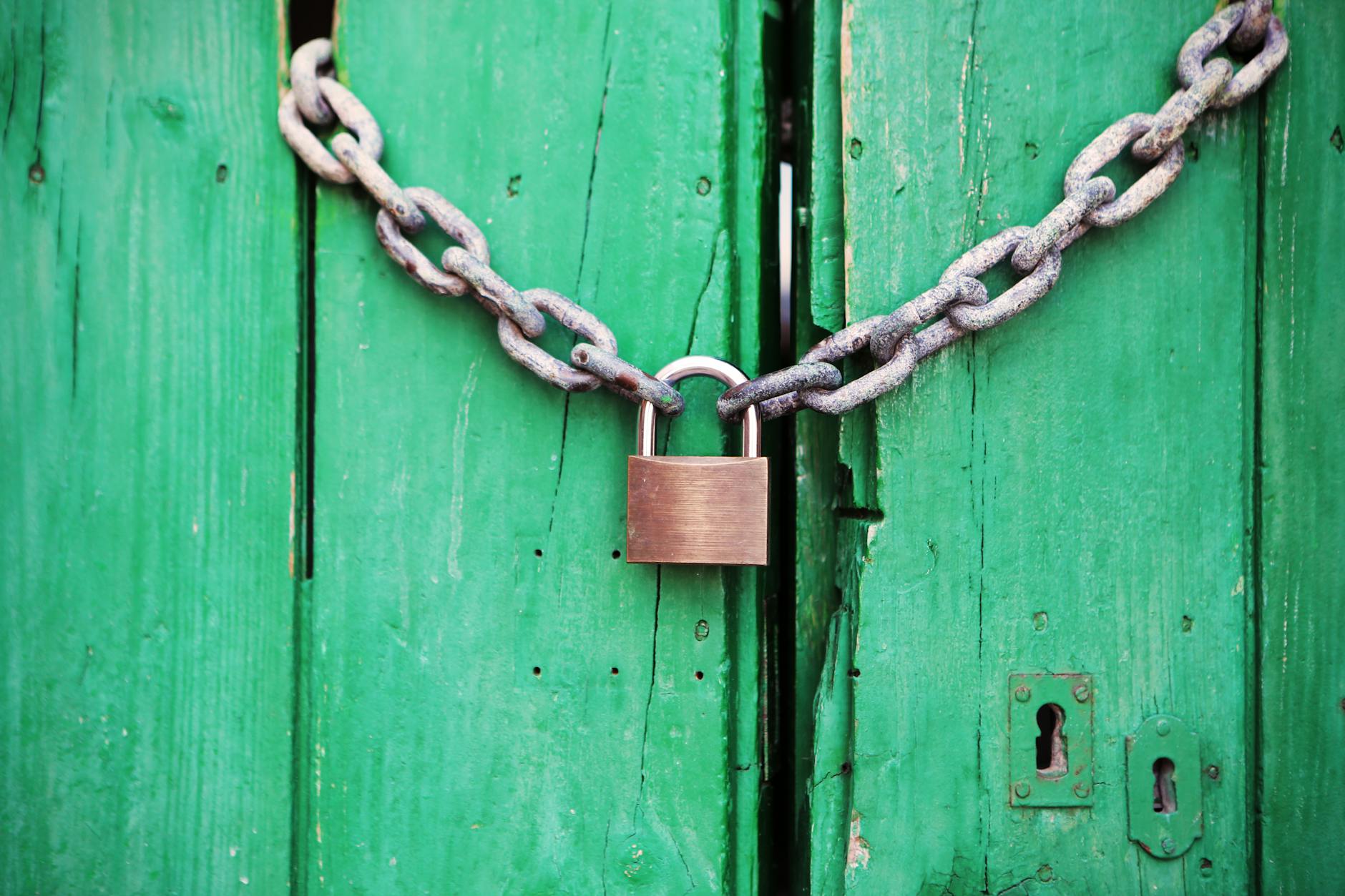Super annoying, but when I put the Mac to sleep and it wakes up in a different wifi network, then it will not reconnect. I have to reboot it to work. The symptom is that there is no DNS Server and It looks like no connection. There is nothing unusual in the console
In researching the issue, the most common suggestion is to renew the DHCP lease which doesn’t seem to work.
I tried a few things:
- Remove Norton Security, it has a firewall.
- Remove the Apple Firewall, I’ve never been clear about the interaction between these.
- Turn off NordVPN on the off chance that is is dorking with th network settings.
OS X Daily suggest deleting the files in /Library/Preferences/Systems Configuration but going to finder and choosing Go > Goto Folder and typing that in.
The magic files to delete are:
com.apple.airport.preferences.plist NetworkInterfaces.plist preferences.plist com.apple.wifi.message-tracer.plist
There is no explanation of what these do, but I’m guessing that NetworkInterfaces.plist wipes out the list of network devices. I see a huge clutter of these when I put USB Ethernets in different ports for instance.
I’m also gusting that com.apple.airport.preferences.plist is a list of SSIDs and passwords that you have. So you get a vanilla configuration.
I’ll run without Norton for a while but with the MacOS firewall and see how it goes.
As an aside, the MacOS firewall is in Apple > System Preferences > Security and Privacy > Firewall. It is an applications firewall that blocks UDP and TCP traffic from accessing. It is off by default unlike Windows systems which have had it on since Windows XP was hit by worms. These are viruses that start on one machine, access the network, find vulnerable internet ports on other machines and then infect them.
The MacOS firewall is limited to inbound connections only. It only blocks inbound connections. On Windows, there are lots of default system applications that run listening to network ports. That is not true on the Mac or Linux which is why there is no inbound firewall for either.
Note that this means that if you have a virus, it is free to open a port and send away, there is no protection for that. So you can leave it off except for certain cases. If you for instance have a test node application that publishes a port, then you might want it on, so someone from the Internet doesn’t connect to your machine via your “buggy” application.
The actual function is that only Apple digitally signed applications that listen for inbound connection. That means the MacOS, apps from the Mac App Store or things you manually allow with Gatekeeper.
Once this is done, then you can see the rules and what applications are allowed inbound listening.
The Norton Firewall is part of their security suite and it is more intrusive. Every Comcast user gets a license for free and this blocks both inbound and outbound requests, so you will get more popups, every time an application tries to access the outside world, you will be asked if that is ok.





